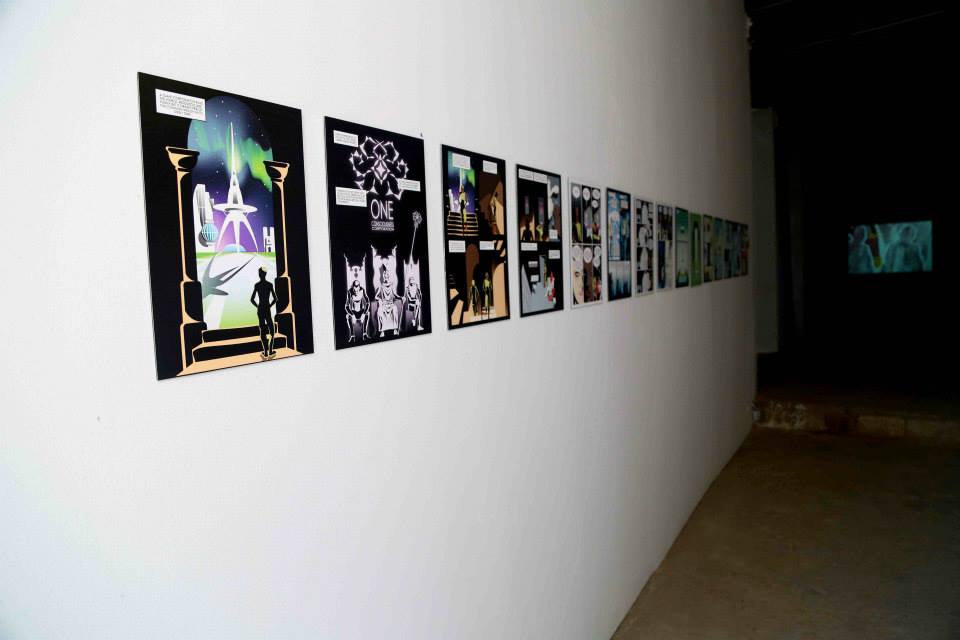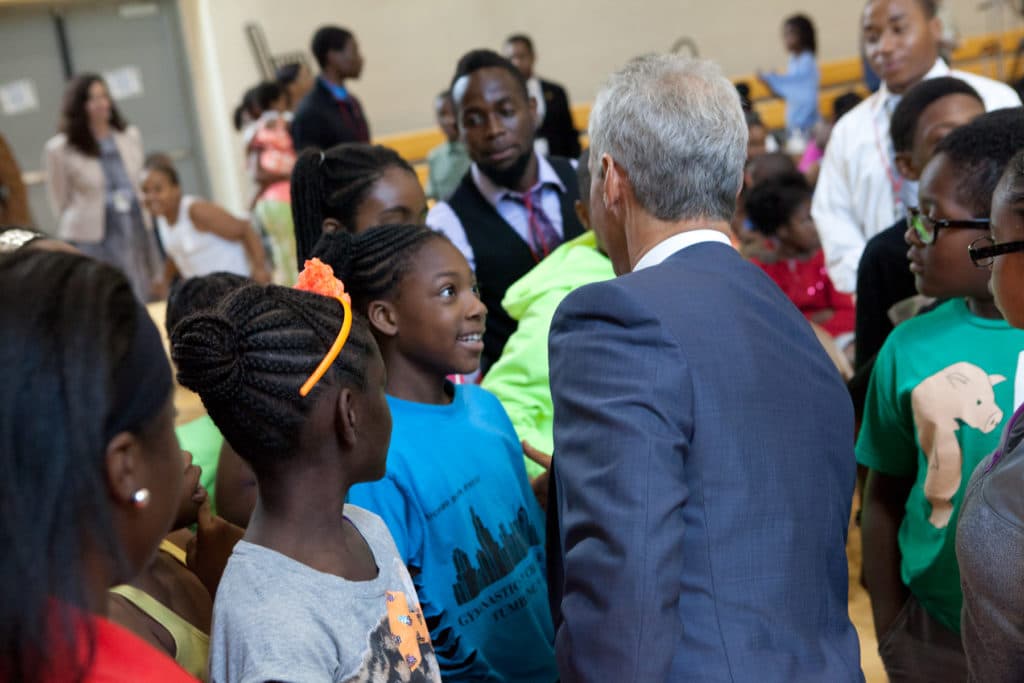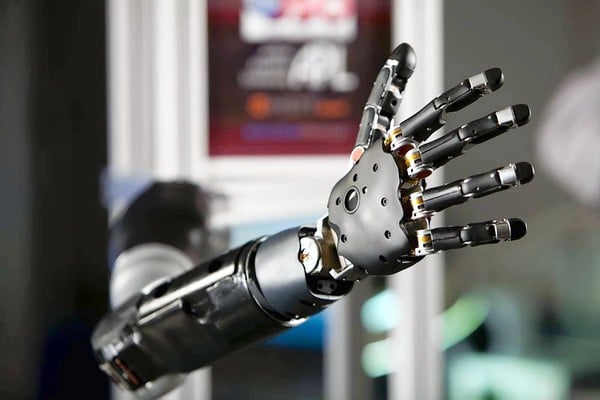Tech lovers, designers, creatives and many more convened in Austin, Texas, to join the South by Southwest interactive experience.
These innovators were prepared to find investors, share their unique ideas with business veterans or just mingle with other entrepreneurial hopefuls who were ready to become a part of the ever-expanding technology industry.
Unfortunately, Black and Latino members of this crowd were met with disappointment.
While the crowd of attendees has been more diverse than it has ever been, according to multiple reports, the diversity of investors and venture capitalists in the space is still just as whitewashed as ever.
Joshua Mitchell was one of the Black innovators whose trip to SXSW was also a bleak reminder that constant conversations about diversity in STEM are no promise that change has actually taken place.
Mitchell was hoping to link with a Black venture capitalist firm that would be interested in funding his start-up jeniusLogic, a company that focuses on building mobile apps for people in the music and entertainment space.
With so many aspiring musicians and entertainers paving their own paths to Hollywood, it’s an app idea that could certainly prove to be a major success.
That potential still wasn’t enough to overcome the racial barriers for Black people like Mitchell who are interested in the tech space.
“There’s a big disconnect between people of color’s culture and the technology industry,” he told USA Today. “Right now, it’s a little difficult to navigate.”
The lack of diversity in tech would never be considered breaking news at this point.
Consumers caused quite the uproar when tech giants released diversity reports back in 2014 that revealed that less than 5 percent of their employees were people of color.
Many of the companies had workforces that were less than 2 percent Black.
When it came to management positions, the numbers were even more troubling. Black leaders in the tech space were nearly non-existent.
It has caused tech leaders, major companies and national programs to shift gears to focus more on boosting diversity, but the team behind SXSW never had to bother with a major shift — they had always focused on discussing diversity in STEM.
This year, SXSW hosted more than 100 sessions that focused on diversity in tech and that number was only a slight increase from their usual numbers, proving that they have always found diversity in STEM to be an important topic.
SXSW is also one of the few major events that is being more direct with its approach to diversity.
Despite million-dollar plans and national initiatives being announced to boost diversity in tech, there are many cases where the details are murky and unreliable.
SXSW, on the other hand, is making a particular effort to not only discuss the issues but to discuss plausible solutions.
“We want to have a lineup that reflects what we think should be a more diverse tech ecosystem,” explained Hugh Forrest, the head of SXSW’s Interactive section, to USA Today. “We still have a long, long way to go.”
That’s the unfortunate part of many of these conversations. The realization that throwing money at the problem is not enough and that the path to diversity in Silicon Valley and beyond is still a long and winding one.
One key element to embarking on a successful journey, however, is realizing that tech success is not all about skill.
“The Silicon Valley perspective is that everyone’s here because they deserve to be here and they’ve worked hard and that’s really bull,” Hank Williams, the founder and chief executive of Platform.org told USA Today. “The reality is everyone who is successful had someone who helped them get there.”
When so few Black people are in leadership positions, it becomes increasingly unlikely that Black people can enter an industry that is reliant on someone giving a young talent a chance that could catapult them to success.
Studies show that leaders and hiring managers are attracted to what’s familiar, and when white males are dominating the tech industry, there is no mystery as to what it is exactly that seems comfortable and familiar to today’s biggest tech executives.















